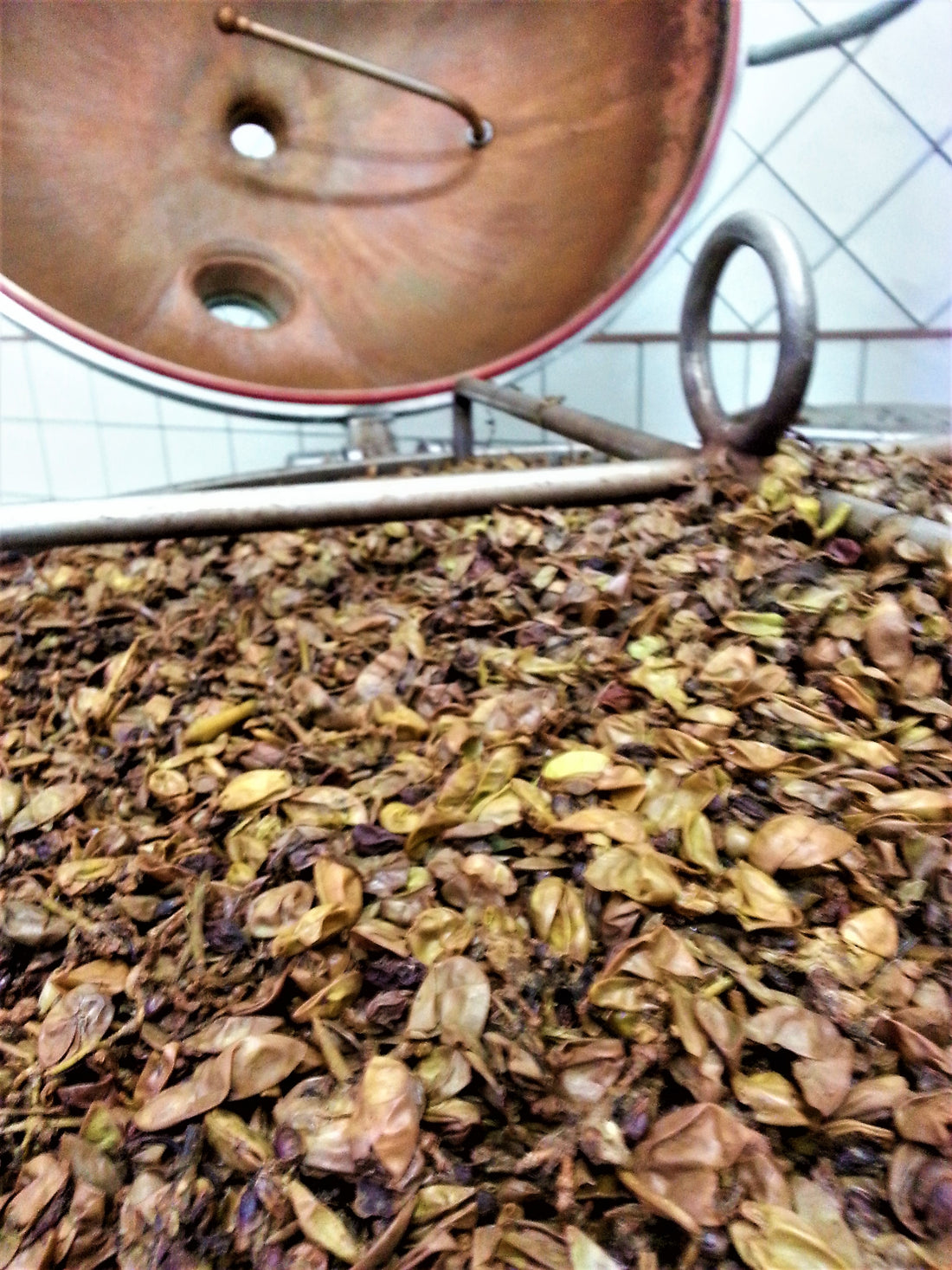
GRAPPA IS MADE IN THE VINEYARD
With the arrival of summer, every winemaker hopes for a climate that brings the maximum possible results to their vineyard in organoleptic terms. It will then be the sensitivity and experience gained in the cellar that will determine the most suitable time for harvesting. But how much does all this matter to a distiller? If we talk about grappa, the master distiller takes up the baton of the work done in the vineyard, so the treatment reserved for the grapes will be decisive for the characterization of the grappa.
If we take for example the different maturation of the grapes we could obtain two totally different grappas: in fact, with the same distillation technique and the same raw material used, the pomace of a more sugary grape, which tends to lead to a wine with a higher alcohol content , they give a lighter grappa than the pomace coming from a wine that has developed lower alcohol content.
All thanks to the ability of the alcohol, with which the pomace is impregnated, to extract the aromatic substances throughout the distillation process. In particular, the greater the quantity of alcohol present in the pomace, the more the extracted substances will be diluted, vice versa, the lower the quantity of alcohol, the more concentrated the extracted substances will be and the resulting grappa will be stronger, just as happens with a more concentrated coffee. .
In reality it is not just a matter of concentration of aromatic substances in alcohol, as the different characteristics of the raw material will also affect the average distillation temperature which will determine a completely different extraction profile and lead to two different grappas.
Often the extraction concentration conditions the choice of the alcohol content at which the master distiller decides to bottle the grappa, but it should always be remembered that the alcohol content of the grappa is chosen by the master distiller by diluting the distillation heart that comes out of the still at a variable average but generally higher than 60% alcohol.
The Ancients, although they had not yet grasped many of the implications that work in the vineyard has on grappa, had already understood the importance of working with a quality raw material and, not having current transport technology, to avoid the processes of deterioration of the pomace they applied instant distillation thanks to a traveling still from vineyard to vineyard.
Today, due to production needs, only a few artisan companies are able to immediately process the pomace given to them, well aware that the processing time, together with the pressing of the pomace and many other small measures, are fundamental factors for obtaining a quality grappa.
